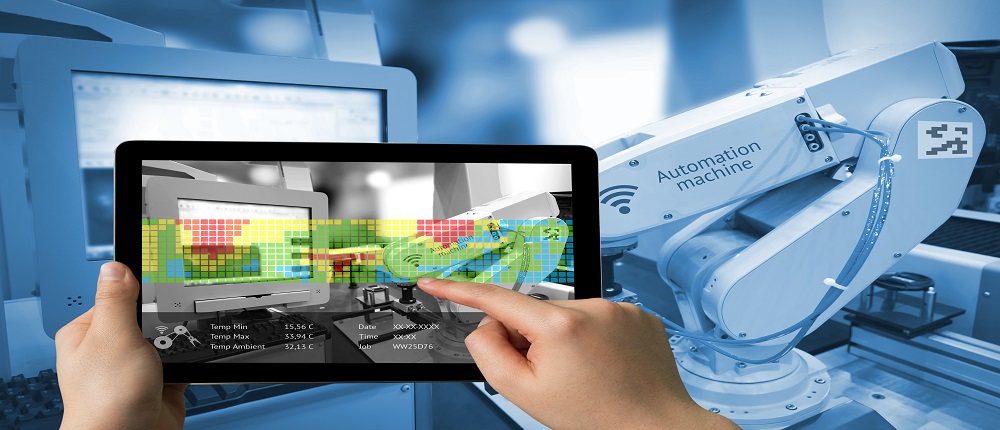When Edge Computing Makes Sense
As the concept of cloud computing becomes more familiar to industrial automation engineers and system integrators, the discussion has moved from “Whether I should use it?” to “When should I use it?” In a recent blog, “Edge or Cloud Analytics?“, Michael Guilfoyle at ARC Advisory Group looks at the business case of cloud computing for industrial applications and compares it to edge computing. It comes as no surprise that in many instances edge computing makes more sense.
So, what exactly is edge computing? Generally speaking, it is the processing power of the “things” in the Internet of Things (IoT). It has become an economically attractive complement for the cloud in IoT, thanks to rapid cost decreases for small-scale processors. And edge computing has additional benefits for Industrial IoT (IIoT) because it means that data can be processed closer to its source.
Six Factors Favoring Edge Computing
Guilfoyle lists six factors that typically favor edge computing:
- Connectivity: Some industrial systems are located in environments that make it difficult to maintain the regular connections necessary to sustain cloud computing.
- Immediacy: For any mission-critical system, the closer you can get to real-time decision-making, the better. Running right on the device itself, an edge-processing system can respond in a few milliseconds, compared to a cloud system which would take at least 100 milliseconds, and often longer.
- Volume: Industrial systems churn out enormous volumes of data, very little of which is of much interest. Edge computing can monitor the data and filter out what is irrelevant. This reduces bandwidth and frees up cloud-computing resources.
- Cost: Related to volume, feeding large quantities of raw data to the cloud for processing is not cost effective. It is more economical to at least filter the data, or better still process it locally and send the relevant results to the cloud.
- Privacy: Company policy or government regulations may prevent connecting process data directly to the cloud.
- Security: Gateway hardware or software at the edge can be used to help control inbound access to the plant. Skkynet’s DHTP protocol, for example, supports outbound-only connections, keeping all firewall ports closed and eliminating the need for VPNs.
Data Abstraction – A Seventh Factor
In addition to these six factors, we would add another important contribution that edge processing can make towards enhancing the value of cloud computing: data abstraction, the ability to generalize data protocols. The DHTP protocol, in addition to supporting secure connections, also supports data abstraction. Skkynet’s edge-processing tools, the ETK and DataHub, can convert data from multiple connected protocols into one universal format consisting of name, value, timestamp and quality. Using DHTP, data abstracted in this form can be transported with minimal overhead across a TCP connection and converted back into its previous protocol, or other protocols, upon its arrival.
Data abstraction solves one of the problems often associated with the Industrial IoT—the wide range of incompatible protocols. To get all the IIoT devices talking to each other, they need a common language. Data abstraction implemented at the edge provides a way for each device to share its data with the cloud, and to receive inputs from other devices.
For all of these reasons—connectivity, immediacy, volume, cost, privacy, security, and data abstraction—edge computing makes a lot of sense for IIoT implementations, as it allows data to be processed close to where it is needed, providing the most value at the least cost.




